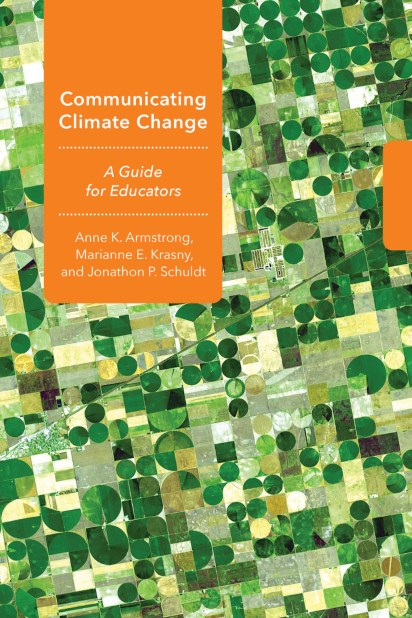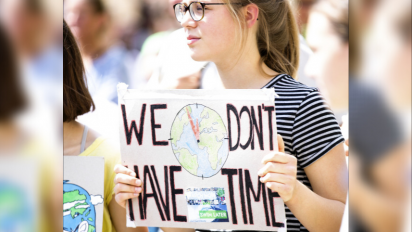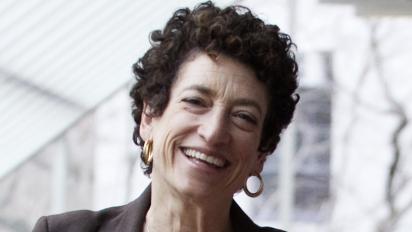At its heart, education is a communicative process. As such, science and environmental educators serve as important and trusted messengers about some of society’s grandest challenges like climate change. Research has much to offer about how to best approach climate change communication, but that research exists in many different academic areas and is not synthesized for practical use by educators. To address this need, Armstrong, Krasny, and Schuldt drew from environmental psychology, science and environmental education, and science communication to write Communicating Climate Change: A Guide for Educators. The goal of the book is to create a relevant and immediately useful guide for climate change educators, bridging the gap between research and practice.
 The authors start with the science, reviewing the basic scientific underpinnings of climate change including the difference between weather and climate, the greenhouse effect, the effects of climate change, and possible mitigation and adaptation actions. Written in clear and concise language, the scientific information helps educators understand the science for themselves. Later in the chapter, in the “Bottom Line for Educators” section, the authors take an unequivocal stance against disinformation campaigns, stating, “We cannot allow distortion, bias, and fabrication to prevent the evidence-based decisions and actions required at the individual and societal level to reduce climate change.” (p. 20) It is refreshing to see explicit reference to the terrible effects of these misinformation efforts, which are not only occurring in mass media but are also being targeted directly at teachers (as in the Heartland Institute’s campaigns).
The authors start with the science, reviewing the basic scientific underpinnings of climate change including the difference between weather and climate, the greenhouse effect, the effects of climate change, and possible mitigation and adaptation actions. Written in clear and concise language, the scientific information helps educators understand the science for themselves. Later in the chapter, in the “Bottom Line for Educators” section, the authors take an unequivocal stance against disinformation campaigns, stating, “We cannot allow distortion, bias, and fabrication to prevent the evidence-based decisions and actions required at the individual and societal level to reduce climate change.” (p. 20) It is refreshing to see explicit reference to the terrible effects of these misinformation efforts, which are not only occurring in mass media but are also being targeted directly at teachers (as in the Heartland Institute’s campaigns).




